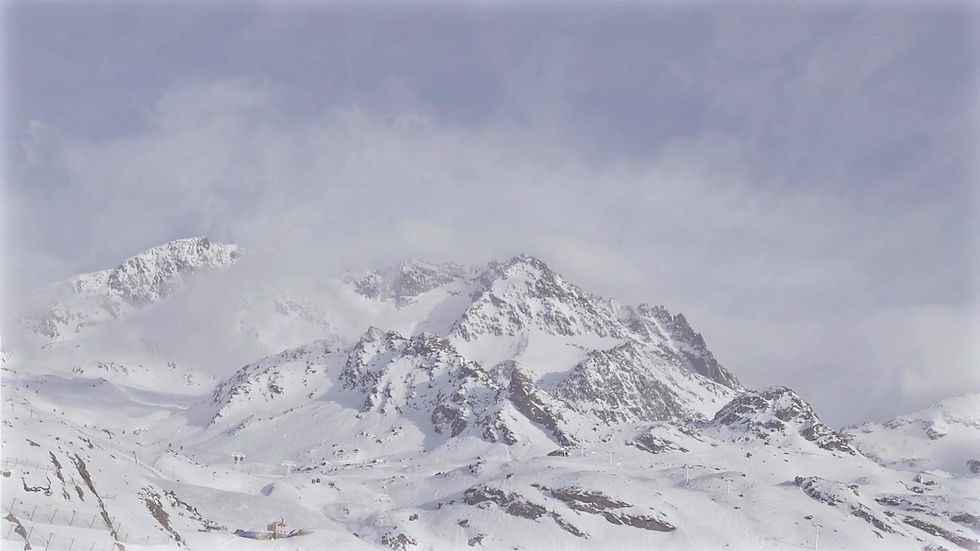





Welcome to SurvWest
Welcome! We're thrilled to have you here and eager to share our knowledge and expertise. Let's work together!


SERVICES



Subsurface Utility Engineering (SUE)
Our SUE services provide accurate mapping of underground utilities to prevent damage during construction and infrastructure projects.
Surveying & Mapping
We offer precise surveying and mapping services to support infrastructure and construction planning and execution by using state of the art technology.
Utility Coordination
Our utility coordination services ensure efficient management and conflict resolution among utility systems for seamless project execution to help meet budget and schedule goals.

High-resolution, push-rod, and robotic camera inspections for storm and sanitary systems. Identify cracks, intrusions, sags, and unknown connections—backed by NASSCO-certified reporting.
Sewer Inspection
ABOUT
Headquartered in the Denver suburb of Englewood, SurvWest
is a proud Disadvantaged Business Enterprise (DBE) firm specializing in subsurface utility engineering (SUE), surveying, mapping, and utility coordination services.
As a trusted partner for municipal, county, state, and federal clients, our approach combines transparent communication with advanced technology to consistently deliver successful engineering design products from start to finish.
Our vision and strategy have allowed us to continuously produce effective solutions throughout the United States since 2009. We have developed processes tailored to meet the regional and national needs of our clients. With efficient logistical techniques,
we ensure our skilled staff is swiftly deployed to project sites, allowing us to accelerate your project's timelines and enhance overall success.


2009
Year Established
4000+
Projects Completed
500+
Clients Served
0
Recordable Safety Incidents
PROJECTS

Quality
Quality is a fundamental aspect of how we conduct our business, and all SurvWest employees are committed to delivering high-quality work, regardless of their specific roles within the organization. As your consultant, SurvWest guarantees quality by adhering to established policies and procedures.
Sustainability
Stewardship of the environment is reinforced within the office and field. We offer flexible work-from-home schedules to reduce emissions, utilize lighting monitoring, and use only 100% biodegradable materials, such as wood and compostable flagging. SurvWest also conducts thorough research and adheres to engineering plans to protect native and endangered wildlife and their habitats.
Growth
By engaging our clients in debriefs following project completion, we learn where strengths and needs for improvements lie. Through valuable input we adapt and strengthen our team for our overall improvement and efforts to better serve our clients. We've also gained important insights through our participation in CDOT's ESB Mentor-Protégé program under the guidance of prestigious firms HDR and Kimley-Horn.


